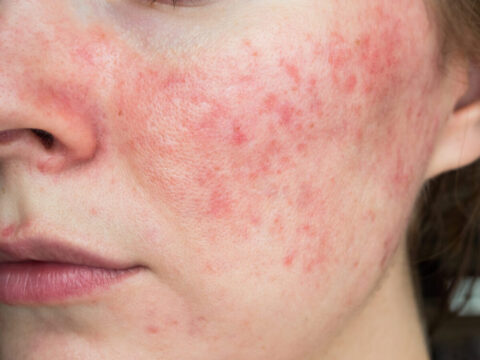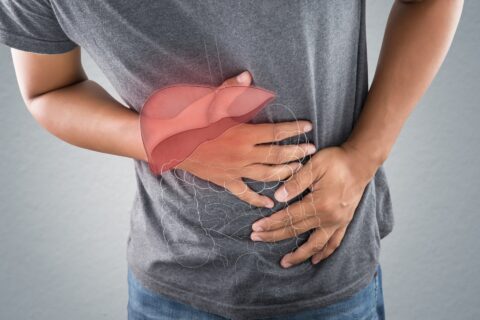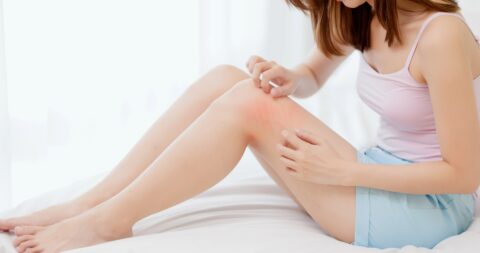The woman’s body naturally goes through changes during pregnancy. Hormone fluctuations can cause nausea, vomiting, and lightheadedness which makes pregnancy difficult. The body also works twice as hard to produce more blood during this time and the increase in blood flow can cause swollen veins, particularly on the legs. These superficial veins are known as spider vein or varicose vein.
But are these visible veins permanent or will they disappear after giving birth? Spider veins are a common temporary side effect that comes with pregnancy. The good news is that they usually go away once the blood circulation and volume returns to normal. If some visible veins don’t improve, vein treatment can help to remove the problematic vein.
The Reason Why Spider Veins Show During Pregnancy
Veins are responsible for the normal circulation of blood from the muscles and organs to the heart. It does this via one-way valves that allow blood to flow in one direction. When the valves fail, blood may flow backwards which puts pressure on the vein wall as they pool inside the veins. This results in broken blood vessels which then leads to the formation of bulging vein:
- Spider veins – These are the tiny red or blue visible veins that usually branch out and appear to form a web-shaped pattern on the skin surface.
- Varicose veins – These are enlarged, twisted veins that may appear raised. These are common on the lower leg and may cause swelling and discomfort.
Aside from weight gain and stretch marks, vascular changes are common during pregnancy. As the body recognizes another life growing inside you, it begins to produce more blood than usual. The increased blood volume drastically puts pressure on the blood vessels, particularly on the inferior vena cava which is a large vein that carries blood from the lower extremities to the heart.
Blood may also accumulate in the pelvic regions inside the walls of the uterus which can often result in vulvar varicosities or pelvic veins. Hemorrhoid symptoms may also be experienced as the veins around the rectal area may also swell.
A chronic vein disease called venous insufficiency may also be a reason for spider and varicose veins during pregnancy. This condition happens due to weakened or damaged valves which affect the blood flow to the heart.
Spider Veins From Pregnancy: Will They Improve?
The appearance of pregnancy related varicose veins and spider veins are not permanent. For most women, they usually see improvements in their visible leg vein or facial vein within three months from giving birth.
As the body recovers from the pregnancy, the blood volume gradually returns to normal which alleviates some of the pressure on the veins and reduces the severity of the visible veins. However, some veins do not resolve completely and they may become more noticeable if you have a subsequent pregnancy or multiple pregnancies.
Any lingering signs of visible spider veins or varicose veins may also indicate a serious vascular condition. Severe changes to the blood flow may sometimes lead to blood clot issues which may develop into deep vein thrombosis. This condition can affect the deep veins in the leg and pelvis and may become painful and debilitating if not treated immediately.
Read more: Do Spider Veins Go Away?
Possible Treatments If The Spider Veins Don’t Go Away
A visit to a vein doctor can help identify if you have underlying vein conditions that influence your spider vein and varicose veins. You may be presented with different treatment options to help address your vein problem. Some of the common vein removal procedures are:
1. Sclerotherapy
Sclerotherapy for spider and varicose vein treatment involves injections of a chemical agent into the affected vein. The sclerosing chemical solution will cause the walls of the damaged veins to close which will force the blood to flow to healthier veins.
Over time, the injected vein will become scar tissue and will get absorbed by the body. This helps fade and improve the appearance of spider and varicose veins on the skin. The treatment may take anywhere from 15 minutes to an hour.
You may experience some stinging pain, swelling, bruising, and skin discoloration in the area around the injected site. If the treatment was done on the legs, you may also be advised to wear compression socks to minimize swelling and improve blood circulation after the treatment.
2. Laser treatment
Laser vein removal uses laser energy to help diminish the spider veins. A laser device is used to transmit laser light onto the skin’s surface where the veins are noticeable and the heat will damage the vein and destroy them until they are completely diminished.
Laser treatments may help eliminate small spider veins immediately in one appointment, while larger veins will need more than one session to be removed. Swelling, bruising, changes in skin color, and skin burns are possible side effects of laser therapy.
3. Endovenous laser ablation
An endovenous laser vein removal uses laser energy but it involves going through the skin to reach the diseased vein. During an endovenous procedure, a surgeon inserts a tiny catheter underneath the skin and using an ultrasound, this catheter will be directed to the vein.
Once they detect the vein, a laser fiber will be inserted into the catheter and it will send laser energy to the heat and close the damaged vein. The treated vein will eventually shrink which helps fade the spider veins from the skin.
4. Radiofrequency ablation
Radiofrequency ablation treats the affected veins by using high-energy radiofrequency waves. The process is essentially the same with endovenous therapy where a small catheter is guided to the veins. The heat from the radiofrequency will cause tissue to form which closes the damaged veins. This treatment is usually preferred for larger varicose veins in the lower leg muscles.
Read more: How to Get Rid of Spider Veins with Apple Cider Vinegar
How to Manage Symptoms of Visible Veins During Pregnancy
Fortunately, most veins that show during pregnancy are easily manageable and their appearance may be reduced by taking careful measures to ensure good vein health. Here are some tips to help prevent severe spider and varicose veins:
- Avoid staying seated or standing for prolonged periods of time. Taking breaks to move and walk can help keep blood from pooling in the veins.
- You may ask your physician to recommend medical-grade compression stockings to help support your legs and prevent swelling.
- You may also be advised to manage your diet and eat foods that are high in fiber and vitamin C to strengthen your capillaries.
- Keep your feet and legs elevated when lying down or sitting.
- Drink plenty of water since staying hydrated is key to preventing blood-related problems such as blood clotting.
Read more: Can Vitamin K Help Reduce Spider Veins?
Safe Spider Vein Treatments at Vein Center Doctor
Spider veins from pregnancy are quite normal to have and it is usually a side effect that resolves on its own after giving birth. But if visible veins continue to bother you, going to a vein specialist can help you find the right treatment for your vein problem.
Here at Vein Center Doctor, we offer vein treatment procedures to help you achieve overall beauty and wellness. Our clinic is led by renowned medical director Dr. Sood who has performed thousands of vein procedures for cosmetic and therapeutic relief from venous conditions. Contact us today to learn more about our vein care services.







